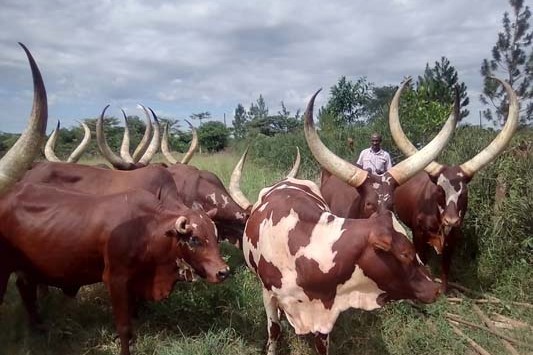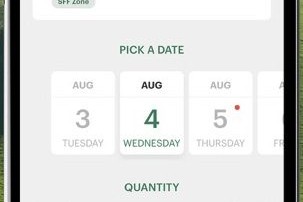By LISA WHITFIELD
At a discussion group a while ago, a conversation between the attendees really opened my eyes to the variation in farming practices when it comes to dairy young stock rearing.
From when a calf is born, until they enter the milking herd, it seems anything is possible when it comes to the combinations of feed, minerals, drenches and vaccinations that different people use. Also of note is the variability in recommendations made by professional farm advisers on these topics. Why?
One area which needs widespread industry-led, unbiased discussion is drenching regimens for dairy young stock.
It seems a lot of people are taking the easy way out when it comes to internal parasite management in their heifers, drenching everything instead of finding out which heifers actually need a drench, and which don’t.
Running the young stock through the yards each month or so and applying pour-on down the back for every heifer is common practice – but is it good practice? Have you ever considered that this method of parasite management might lead to significant problems for livestock farmers in the future?
Improving management practices to reduce vulnerability to parasitism is far more beneficial overall to farming systems than relying on drenches.
Drench resistance is just as significant a threat to your livelihood as antibiotic resistance.
Stop and think – why do you drench everything? What are you trying to achieve?
Drench is there for a very specific purpose – to reduce production losses caused by internal parasites. Imagine a future where drenches don’t work any more. How do you treat animals for worms if the drench doesn’t work?
Dairy cattle are just as vulnerable as every other pastoral species when it comes to the overuse of drenches and the development of drench resistance.
In young stock which are growing well, it is not necessary to drench every animal every month.
The key is knowing your heifers are growing well – and it seems this is where the workload becomes too much for too many people. It is far easier just to drench them, than it is to take the extra time to find out whether they need that drench in the first place.
Weighing heifers gives you more information on their level of health. It is not just worms which make them lose weight or not grow well. Knowing that a mob is growing at 0.8kg per day, and finding a heifer which is only growing at per day for example, gives you the opportunity to find out what is wrong with that individual – and a drench is probably on the cards for her too.
What if she actually has pneumonia? Shouldn’t you treat her for that too? In that same mob – is an animal growing at 1kg per day showing production loss? Does she really need a drench?
Leaving stock undrenched when they don’t need it is beneficial to stopping the development of drench resistance. On an individual basis, having worms present doesn’t cause a significant production loss. Leaving some worms in the system gives that animal the opportunity to strengthen their immune system response to keep worms in check themselves. And most importantly, it leaves worms in the production system which are not exposed to drench.
Every time worms are exposed to drench, and particularly if they are exposed to drench which is not completely effective, it leaves the opportunity for drench tolerant worms to survive and reproduce. Over time, if ineffective drench exposure continues, the population of worms becomes more tolerant to the drench. Even with combination drenches, if exposure is continuous and effectiveness is not 100%, eventually, drench resistance will develop.
Physiological stressors, such as poor nutrition and adverse weather conditions, can leave animals vulnerable to parasitism because physiological stress impacts the ability of the immune system to function well. However, with most physiological stressors, we have some degree of control over their effect on our stock, and equally, physiological stressors do not affect all stock to the same degree.
Our management practices – the grazing systems we employ, the quality of the food on offer and the type of drench we use, all contribute to the vulnerability of our stock to parasitism. Improving management practices to reduce vulnerability to parasitism is far more beneficial overall to farming systems than relying on drenches. If we continue to drench so many animals unnecessarily, one day, we will lose control over worms – then everything changes.
- Lisa Whitfield is a Production Animal Veterinarian in the Manawatu.





